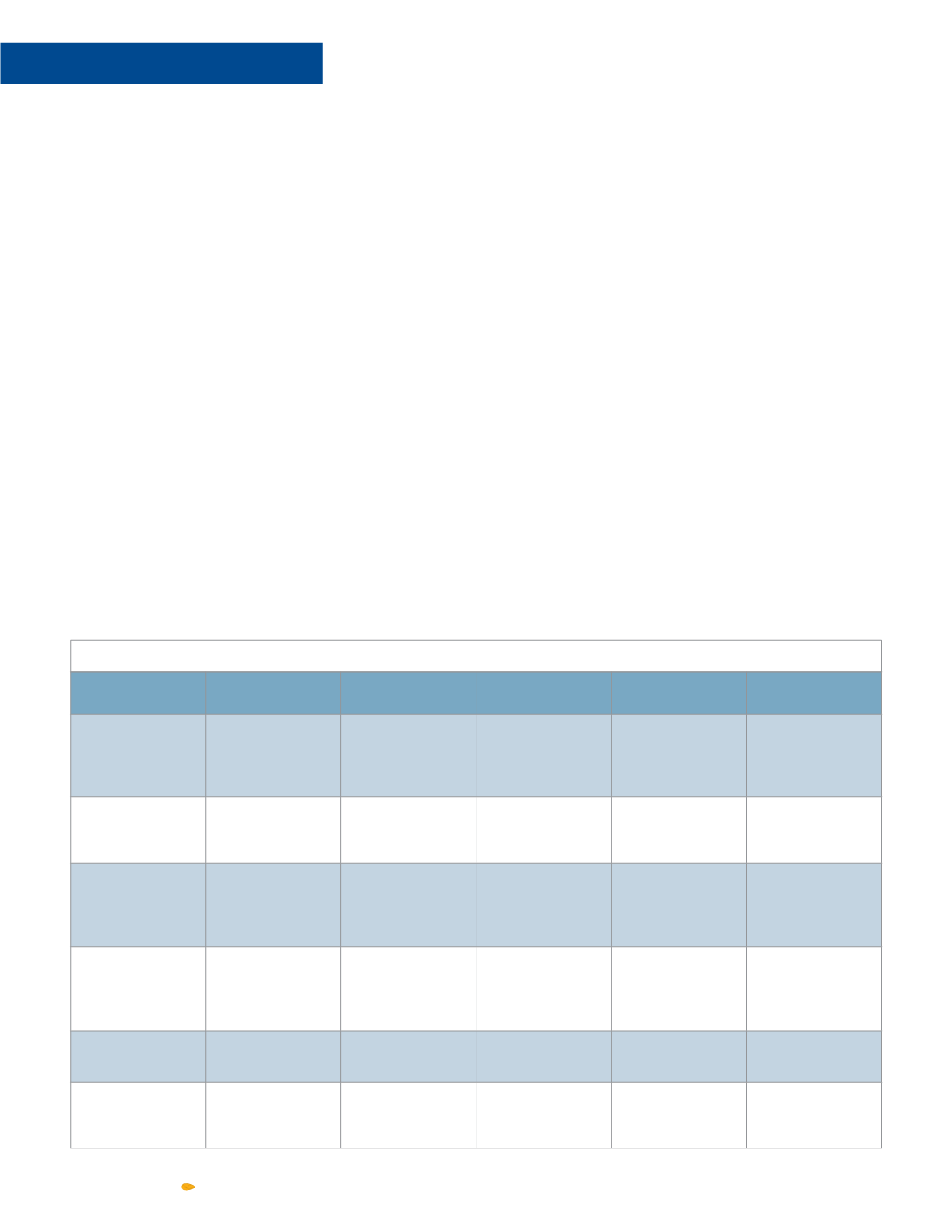
can begin isn’t as clear. Starting too soon can spur
unwanted growth. Pruning once the days are cooler and
shorter should reduce the risk of secondary bud break.
Pruning of mature trees can begin shortly after harvest.
Pruning should be minimized as multiple long-term studies
have found that it can reduce yield and increase orchard
operation expenses. Nevertheless, limbs that are blocking
equipment access, creating a safety hazard, or are dead or
dying should be removed. Selective limb removal also has
been shown to increase spray coverage, reduce sticks at
harvest as well as reduce foliar diseases.
Orchard Removal and Replanting
If planning to redevelop a block, consider harvesting the
later varieties earlier to allow more time in the process.
Nematode sampling should occur prior to removal to
determine which species are present and assist in rootstock
selection. This can be done one to two years prior to
removal. Line up the resources for orchard removal, which
can be done by tub grinders, whole orchard incorporation,
or removal for firewood. Once removed, the field should be
ripped to the depth of 24 inches or greater several times
to assist in root removal and reducing compaction. Some
cases, ripping deeper should occur to assist with breaking
or re-breaking hardpan. Backhoeing has been shown to be
effective in increasing tree growth with or without fumigation
in sandy soils and is recommended for these conditions.
After soil modification, the field should be disced and
spring-toothed to assist in root removal and leveling. After
settling, the ground can be leveled and berms can be pulled.
Fumigation should be considered, especially for sandy
loam to sand soils to manage Prunus Replant Disease and
plant parasitic nematodes. If fumigating, most of the land
prep should be done prior to fumigation, with the exception
of pulling the berms. Moving soil around after fumigation
defeats the purpose of fumigating. The field should be
prepped and the irrigation system installed or ready to be
installed immediately after planting. Bare root trees should be
IN YOURORCHARD
Not Advised
Rowstrip
Telone-II
Broadcast
Telone II
Rowstrip or Spot
Chloropicrin
Rowstrip C35,
Chloropicrin
No Orchard
History:
Fallow Field,
No Nematodes
X
No Orchard
History:
with Nematodes
X – Population
dependent
X – Population
dependent
Orchard History:
No Nematodes,
Sandy Loams or
coarser
X
Orchard History:
No Nematodes,
Silt/Clay Loams
or finer
Possible
X
Orchard History:
with Nematodes
X – Population
dependent
X – Population
dependent
Orchard History:
with Aggressive
Pathogens
Some benefit
Some benefit
When considering to fumigate, consider the orchard history, presence of nematode species, and soil type.
3 4
A L M O N D F A C T S


